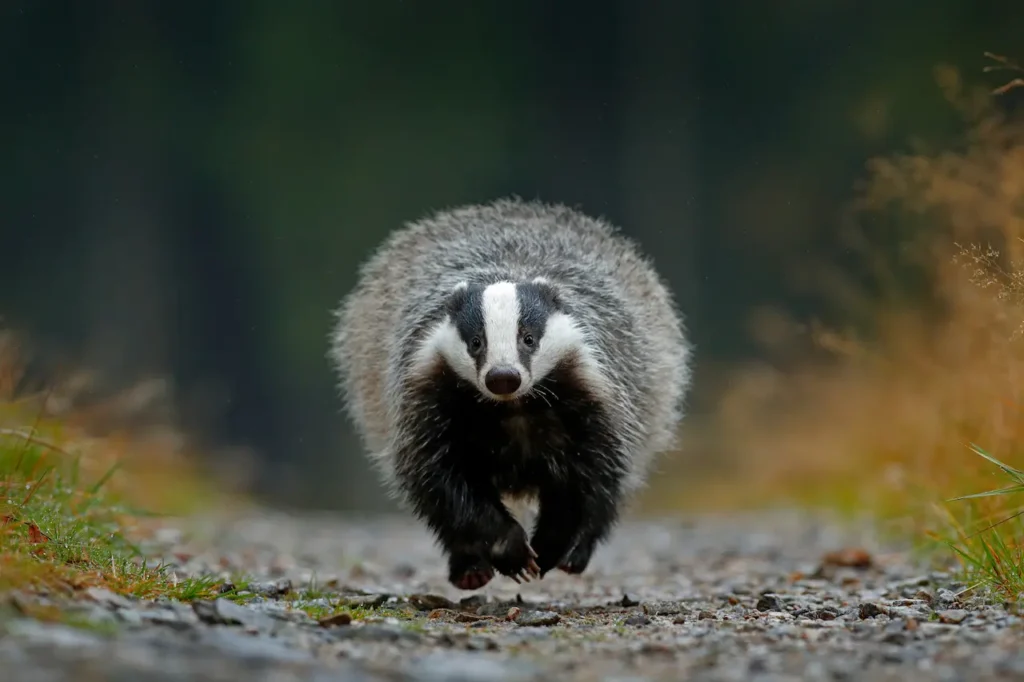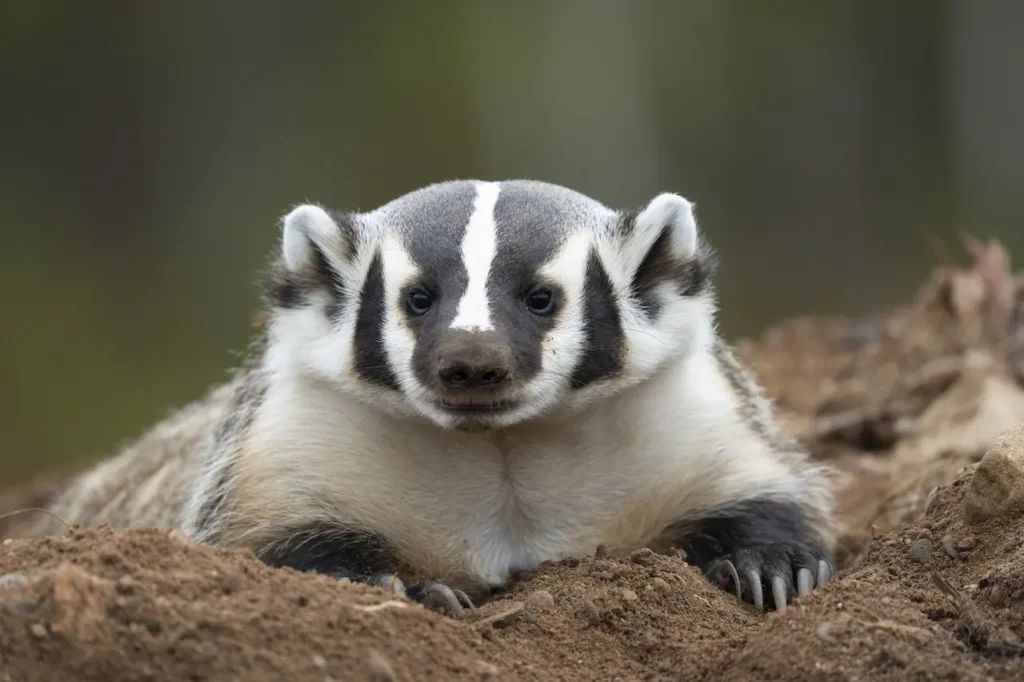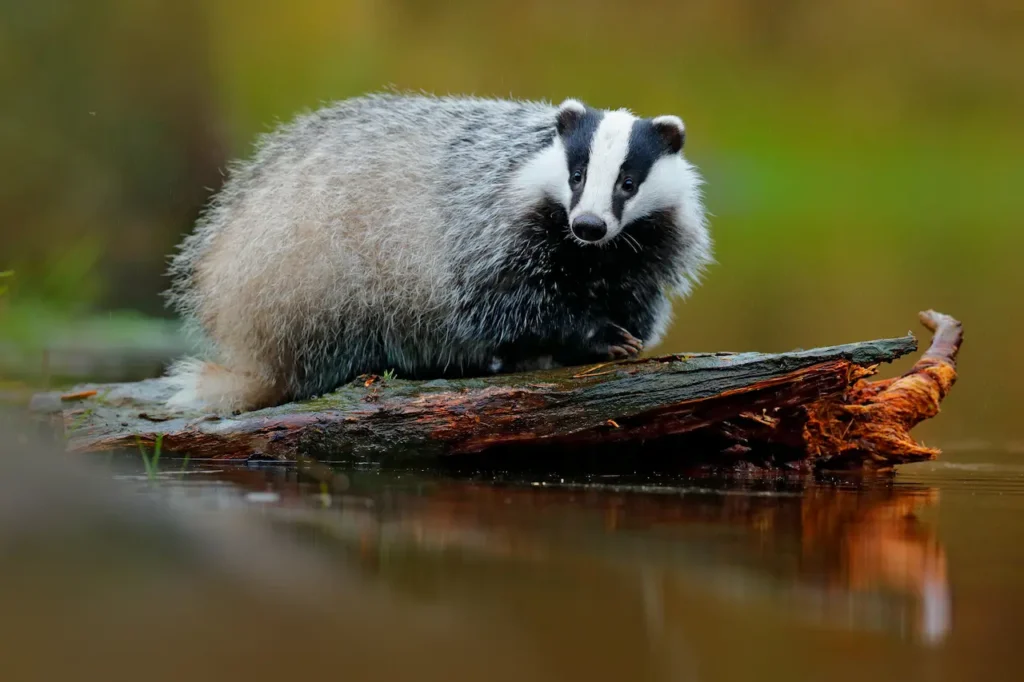What Eats A Capybara?
Categories
- Accipitridae (1)
- Acrididae (1)
- Algae (2)
- Alligatoridae (1)
- Amoebidae (1)
- Amphibians (3)
- Anatidae (1)
- Anguillidae (1)
- Arachnids (2)
- Bears (2)
- Big Cats (3)
- Birds (13)
- Bovidae (5)
- Bufonidae (1)
- Camelids (1)
- Cameras (1)
- Canines (13)
- Caridea (1)
- Carnivora (10)
- Castoridae (1)
- Cats (5)
- Cebidae (1)
- Cephalopod (1)
- Cervidae (2)
- Cetacean (1)
- Chondrichthyes (1)
- Crocodilia (2)
- Crustaceans (4)
- Culicidae (1)
- Cyaneidae (1)
- Dasypodidae (1)
- Dasyurids (1)
- Deer (1)
- Delphinidae (1)
- Desktop (1)
- Didelphidae (1)
- Dinosaurs (1)
- Dogs (13)
- Dolphins (2)
- Echinoderms (1)
- Education (10)
- Elephantidae (1)
- Equine (1)
- Erethizontidae (1)
- Erinaceidae (1)
- Farming (1)
- Felidae (5)
- Fish (5)
- Food Chain (31)
- Food Web (2)
- Formicidae (1)
- Frugivore (1)
- Gaming (1)
- Gastropods (1)
- Giraffids (1)
- Great Apes (2)
- Health Conditions (3)
- Herbivore (4)
- Hi-Fi (1)
- Hippopotamidae (1)
- Hominidae (1)
- Insects (10)
- Invertebrates (2)
- Keyboards (1)
- Laptops (1)
- Leporidae (1)
- Mammals (23)
- Marsupials (4)
- Mephitidae (1)
- Microchiroptera (1)
- Mollusks (2)
- Mongoose (1)
- Muridae (1)
- Nocturnal Animals (1)
- Odobenidae (1)
- Omnivore (2)
- Phasianidae (1)
- Phocidae (1)
- Plankton (1)
- Plants (2)
- Primate (1)
- Ranidae (1)
- Reptiles (7)
- Rhinocerotidae (1)
- Rodents (5)
- Salamandridae (1)
- Scarabaeidae (1)
- Sciuridae (2)
- Sharks (1)
- Shellfish (1)
- Sound (1)
- Spheniscidae (1)
- Suidae (1)
- Superfamily Papilionoidea (1)
- Theraphosidae (1)
- What Eats (5)
Badgers are normally fierce, powerful in build, and excellent diggers. Though they are so well equipped for defence and so ferocious in temperament, they are not predator-proof.
Although they range across North America, Europe, Asia, and Africa, the badger lives in a world full of dangers, such as those animals that will attempt to hunt or eat it. Badgers are tough and have managed to fight back, that is, until some predators dare big enough.
What Eats A Badger?
Every predator represents a special threat, using different tactics against this strong animal. Following are some predators that eat badgers.
Table of Contents
Toggle
What Eats A Badger
Wolves
Badgers are one of the few predators who can survive an attempt from a wolf. The benefit to these pack hunters is they work in tandem to put down their prey.
One wolf would probably find a badger too much for him to handle easily, but a lot of wolves will be able to surround the badger, and once it gets their teeth in, they’ll just wear the thing down.
Although badgers are adapted to fight against wolves, the latter, especially so in packs, hunt in open spaces, which afford them the opportunity to observe and follow their prey; a badger away from its burrow is therefore highly vulnerable.
A badger can only withstand the bite of a wolf because wolves have a strong bite, but a badger can only resist it, and a powerful bite is not enough. Their style involves suffocating their prey with bites, scratches, and circles until it becomes too weak to fight back.
It’s not easy, however, and the wolves should know that they would be in for a tough battle. Badgers will fight back aggressively and will stand their ground, which makes the hunt for the wolves dangerous as well.
Badgers should only be prey to weak, ill, or separated wolves that can be outpowered. However, the risk of injury usually keeps wolves from actually looking for the badger as prey; instead, they concentrate on easier prey, such as deer and small mammals.
Coyotes
Opportunistic, and they are hunters/scavengers, coyotes are abundant in North America. They will eat almost anything, and under the correct conditions, a badger can be their prey.
Because badgers are good at defending themselves, coyotes don’t generally take on a healthy adult badger. But they choose to attack younger or less robustly badgers who may be easier to capture and wouldn’t have been able to put up a fight.
Hunters and coyotes are quick, agile, and intelligent. When they run down something, they like to chase it down with their speed, and if it’s a badger, they’ll try to exhaust it and then go in to attack it.
In good condition badger, a coyote usually may retreat from the badger instead of causing injury. Coyotes will take advantage of their sharp sense of smell and stoop to sneak into badger burrows and pillage the young cubs.
Unlike pack hunters, wolves and coyotes usually hunt alone or in pairs, which makes their success against the badger conditional and conditional only.
Bears
Bears are dreadful predators, though they are few and far between that actually target badgers specifically and are more likely to be able to overtake a badger if they came across.
Like most other bears, they are mostly omnivorous, eating anything that they can get away with, such as plants, berries, fish, and even smaller mammals. But if a bear should happen upon a badger in the open, the badger might look tempting to the bear for a fast meal.
The grizzly bear is a strong and powerful bear whose sheer size is an advantage against most creatures in its habitat. If a bear and a badger wind up nose to nose, fighting back probably won’t work.
Since bears are not known for stealth or speed, they don’t hunt badgers actively. However, it will rather likely happen by chance. When a bear finally corners a badger, that badger may dig itself quickly into the ground in an attempt to escape.
Though tenacious, a bear can dig away the entrance to a burrow or swipe with its strong claws and catch a badger before it gets away.
Lynxes and Bobcats
Lynxes and bobcats are large cats that make good hunters and will even hunt a badger, especially a young or vulnerable badger. These felines are stealthy, agile, and have sharp claws and teeth, which makes for very effective predators.
Though most prefer smaller and easier prey, if they should find a badger (or any prey) weak or distracted, they’ll take advantage of it as well.
Badgers, lynxes, and bobcats are nocturnal hunters, which means they go hunting during the night after badgers, too, although badgers may be around during the day.
Quick, powerful attack, they sneak up on their prey and then get in close enough with their stealth to strike. But in many cases, a fight between a badger and a lynx or bobcat is a fight that’s close, and both animals have a fighting chance to inflict serious damage.
But badgers are difficult to handle, and they can be very aggressive, which is enough to keep these big cats away. Young badgers, therefore, are commonly the target of lynxes and bobcats, which are more able to overpower and catch them.
Eagles
Large birds of prey, such as eagles, will, on occasion, target badgers—in fact, young badgers in particular. These raptors have sharp talons and beaks in order to hunt for small animals.
From above, an eagle may spot a young or small badger and dive down to attack. Their powerful talons enable them to seize and kill their prey quickly due to the element of surprise.
Being too heavy for birds of prey to carry off and being capable of fighting back to aerial attack, adult badgers usually aren’t threatened by birds of prey.
But eagles and other large birds are opportunistic hunters; they’ll go after young or isolated badgers that aren’t as good at defending themselves.
The threat in areas where badgers share their habitat with birds like golden eagles is higher, especially for cubs who stray from the mother’s protection or who leave the burrow.

American Badger Resting on His Den Site
Humans
Badgers might have few natural enemies, but humans are perhaps their most serious threat. I wouldn’t say that goldfish ‘eat’ badgers in the strict sense of the word, but they do hunt badgers, trap badgers, and generally kill them for a variety of reasons.
Some people in other parts hunt badgers for sport, to take their fur, or because they harm crops or livestock.
Despite being a controversial practice in both cases, badger hunting – particularly in the UK – has been the practice that attempts to control the spread of bovine tuberculosis throughout cattle.
In addition to direct hunting, humans modify badger habitats by destroying them through urban development, farming, and deforestation.
This destruction is dangerous, not only to badgers but also to their prey, as it means the badgers lose their hiding places and burrows. Badgers also die from road accidents in high numbers as a result of humans crossing other badger habitats.
What Does A Badger Eat?
Badgers are opportunist feeders feeding on anything that is around in their range. They can have a seasonal and location-specific diet. Here’s a breakdown of the main food sources for badgers:
Earthworms
Earthworms are one of the main food sources for badgers (chiefly European badgers). In some areas where the soil is rich and moist, they make up a large fraction of a badger’s diet. Though badgers are famous expert diggers, they can soon unearth earthworms from the ground.
At night, they usually hunt for earthworms—which are closer to the surface and easier to catch. Because badgers have a good sense of smell, they can smell the movement of earthworms in underground movement.
Badgers are so important because one badger can consume hundreds of earthworms in one night, so they provide an important source of protein and nutrients.
Not only are earthworms abundant, but they are also reliable food year-round, and as long as the soil isn’t dry or frozen, they will be around. While not an earthworm feast, badgers will eat them when other suitable prey is scarce, keeping their diet – and energy levels – up.
That is because the high protein content of the worms is very important for badgers’ lives and health, especially as they need them during breeding periods or when feeding their young cubs.
Rats, mice, voles, and other small mammals (rabbits)
Badgers are good hunters and regularly eat small mammals such as rabbits, mice, and voles. These little things constitute a big source of protein and energy, and they are the favourite prey when they are available.
While this is true of many of the badgers, the American badger is a particularly good hunter of small mammals that it frequently burrows to catch. With their strong claws, badgers use them to dig into the ground and chase out small mammals from their tunnels.
It pounces and bites and kills its prey as soon as it gets the chance, using sharp teeth. Badgers have well-adapted hunting skills to catch rodents, which help control rodents in their environment.
Another popular prey is rabbits, more popular during the Spring and Summer months when they are more active. In much the same way, badgers will target rabbit burrows and chase the animals down.
Badgers are always ready to make a meal of small mammals, which vary in availability between season and location, but are always stupidly hungry if an opportunity should present itself.
Insects and Beetles
Beetles are one of the insect choices given to badgers of various tastes. The diet of a badger also features a rich source of protein, such as insects, and they are pretty easy to find.
In general, badgers will actively dig in the soil, leaf litter, or rotting wood in their quest to find beetles, grubs, and larvae. The most targeted species, in particular, are dung beetles because badgers will not only eat the beetle but also any larvae, which are a valuable source of nutrients.
Because badgers have a sharp sense of smell, they use it to discover insects hidden under the surface. As opportunistic foragers, they will eat whatever is available: ants, wasps, caterpillars, etc.
In the warmer months, when there are plenty of insects available, insects are a considerably larger portion of a badger’s diet.
Badgers are able to consume insects that can help fill out their diet or supplement it when larger prey is harder to find. This diverse diet also ensures that the badgers survive in woodlands, grasslands, and other habitats.
Birds and Their Eggs
Birds are occasionally hunted by badgers who particularly like to raid nests for eggs. Badgers attack ground-nesting birds (the easiest access to their nests).
They will dig out nests, which are hidden out of the ground or low-lying bushes and will eat the eggs and the chicks when available. They might also scavenge for already wounded or dead birds.
Badgers take to this easy source of protein and energy during breeding seasons when eggs and fledglings are plentiful. With strong jaws and sharp teeth, they can quickly break through eggshells and have little trouble making mincemeat from a nest.
Eggs are also a substantial part of a badger’s diet in areas where there are plenty of ground-nesting birds. Badgers do indeed eat eggs if nothing else is available – they are opportunistic egg eaters – but they will eat any birds they can catch if they are slow or can’t fly.
In most cases, badgers control bird populations in their habitat by predating birds and their eggs.

Badger in Lake Water
Reptiles and Amphibians
There is no reluctance whatsoever on the part of badgers to eat reptiles and amphibians. Their eating habits are omnivorous, and these mammals can eat frogs, toads, lizards, snakes … and other things, like grubs, worms, eggs, small birds, and insects.
In particular, the honey badger has a penchant for feeding on reptiles, and no, not just any reptiles, venomous snakes included. They’re fearless and have gotten good enough at surviving snakes’ venom to prey and eat species other animals won’t touch.
Reptiles and amphibians appear to be the particular diet of choice for badgers, but they are found in moist, grassy areas near bodies of water or under rocks and logs. Using their digging skills, they find hidden prey for quick grab and eat with their teeth.
Frogs and toads (amphibians) are easier to track in wet weather, and lizards and snakes (reptiles) can be more active in warmer weather.
The high protein in these animals, which make up part of a badger’s diet, is beneficial to badgers, but their presence fluctuates depending upon location and what they are available at different times of the year.
Fruit, Roots, and Tubers
While badgers are carnivorous and consume animal-based food, they seasonally consume fruits, roots, and tubers. But it’s especially important for this plant-based part of their diet around the fall when they can refuel on berries, apples, and pears.
Unsurprisingly, badgers forage for these sweet treats, which bring important sugars and energy to support them in building fat reserves before winter. A portion of their diet includes plants such as roots and tubers like potatoes, carrots, and turnips.
These underground plant parts are dug up by badgers with their strong claws and eaten either raw or stored for later consumption. This aspect of their diet helps them survive during cooler months when insects, small mammals, and other prey are not so easy to find.
The plant-based diet is also diverse and guarantees that badgers not only receive the necessary nutrients to stay healthy but also help them to be omnivores, and you know they adapt to the feeding habits throughout the year.
Conclusion
Badgers are an outstanding predator and an outstanding prey. Although few animals prey on adult badgers because of their dangerous defence, the occasional threat is posed by wolves, coyotes, bears, birds of prey, and humans, especially young or vulnerable badgers.
Badgers themselves are, however, omnivores and quite skilled at the same, with a very varied diet. Living in holes in the ground or trees, they are social learners and hunt earthworms, small mammals, insects, birds, and reptiles, but they also eat fruits, roots, and tubers.
Because of this adaptability in both food sources and defence against predation, badgers will thrive in very different habitats. They are both also prey and predator in the ecosystem and occupy an important niche.
